
Code: 04641650
Art of the Everyday
by Ruth Bernard Yeazell
Realist novels are celebrated for their detailed attention to ordinary life. But two hundred years before the rise of literary realism, Dutch painters had already made an art of the everyday--pictures that served as a compelling m ... more
- Language:
 English
English - Binding: Paperback
- Number of pages: 280
Publisher: Princeton University Press, 2009
- More about this

40.13 €

Low in stock at our supplier
Shipping in 10 - 14 days
Potřebujete více kusů?Máte-li zájem o více kusů, prověřte, prosím, nejprve dostupnost titulu na naši zákaznické podpoře.
Add to wishlist
You might also like
-

History of Venice
17.28 € -28 % -
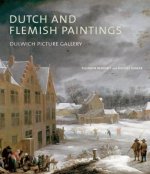
Dutch and Flemish Paintings
62.87 € -10 % -

Crisis of Socialism in Europe
128.39 € -
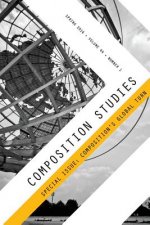
Composition Studies 44.1 (Spring 2016)
24.46 € -1 % -

Tune in
19.50 € -15 %
Give this book as a present today
- Order book and choose Gift Order.
- We will send you book gift voucher at once. You can give it out to anyone.
- Book will be send to donee, nothing more to care about.
More about Art of the Everyday
You get 100 loyalty points
 Book synopsis
Book synopsis
Realist novels are celebrated for their detailed attention to ordinary life. But two hundred years before the rise of literary realism, Dutch painters had already made an art of the everyday--pictures that served as a compelling model for the novelists who followed. By the mid-1800s, seventeenth-century Dutch painting figured virtually everywhere in the British and French fiction we esteem today as the vanguard of realism. Why were such writers drawn to this art of two centuries before? What does this tell us about the nature of realism? In this beautifully illustrated and elegantly written book, Ruth Yeazell explores the nineteenth century's fascination with Dutch painting, as well as its doubts about an art that had long challenged traditional values. After showing how persistent tensions between high theory and low genre shaped criticism of novels and pictures alike, Art of the Everyday turns to four major novelists--Honor de Balzac, George Eliot, Thomas Hardy, and Marcel Proust--who strongly identified their work with Dutch painting. For all these writers, Dutch art provided a model for training themselves to look closely at the particulars of middle-class life. Yet even as nineteenth-century novelists strove to create illusions of the real by modeling their narratives on Dutch pictures, Yeazell argues, they chafed at the model. A concluding chapter on Proust explains why the nineteenth century associated such realism with the past and shows how the rediscovery of Vermeer helped resolve the longstanding conflict between humble details and the aspirations of high art.
 Book details
Book details
Book category Books in English Literature & literary studies Literature: history & criticism Literary studies: general
40.13 €
- Full title: Art of the Everyday
- Subtitle: Dutch Painting and the Realist Novel
- Author: Ruth Bernard Yeazell
- Language:
 English
English - Binding: Paperback
- Number of pages: 280
- EAN: 9780691143231
- ISBN: 0691143234
- ID: 04641650
- Publisher: Princeton University Press
- Weight: 504 g
- Dimensions: 235 × 155 × 18 mm
- Date of publishing: 25. October 2009
Trending among others
-
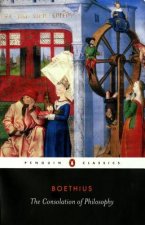
Consolation of Philosophy
11.11 € -35 % -
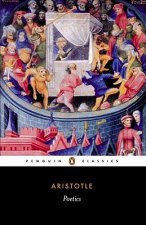
Poetics
10.20 € -28 % -
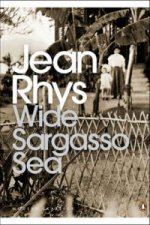
Wide Sargasso Sea
9.19 € -16 % -

Learn! KOREAN With TinyTAN | 2-Book-Set | With Motipen | Korean Learning for Beginners With BTS Voices | Korean Keyboard Stickers | Flash Cards, m. 1
144.06 € -4 % -
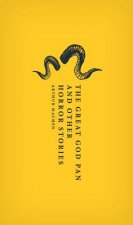
Great God Pan and Other Horror Stories
18.90 € -21 % -
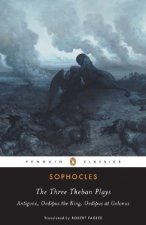
Three Theban Plays
8.58 € -27 % -
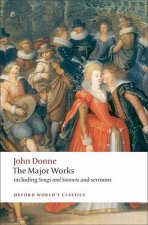
John Donne - The Major Works
11.31 € -28 % -
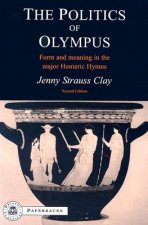
Politics of Olympus
47.91 € -
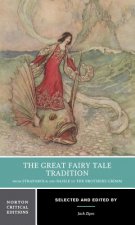
Great Fairy Tale Tradition
29.71 € -

Saga of Tanya the Evil, Vol. 3
10.10 € -28 % -

How to Read a Book
14.04 € -11 % -
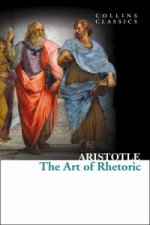
Art of Rhetoric
3.53 € -4 % -
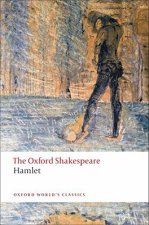
Hamlet: The Oxford Shakespeare
9.39 € -23 % -
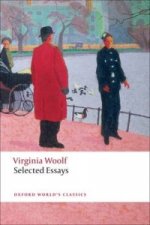
Selected Essays
10.30 € -28 % -

Sejong Korean Student Book 2A - English Edition, m. 1 Audio
29.11 € -

Collected Poems
19.30 € -28 % -
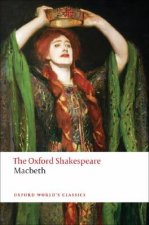
Tragedy of Macbeth: The Oxford Shakespeare
17.99 € -
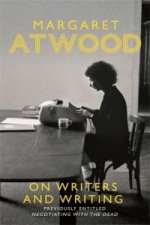
On Writers and Writing
11.31 € -28 % -

Plato Opera Vol. II
38.91 € -
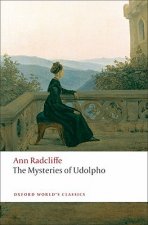
Mysteries of Udolpho
10 € -30 % -
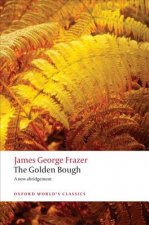
Golden Bough
17.48 € -19 % -
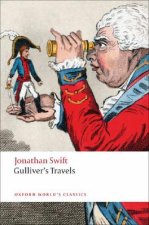
Gulliver's Travels
6.46 € -26 % -

Finn and Hengest
10.30 € -28 % -
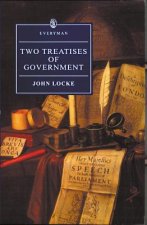
Two Treatises of Government
8.58 € -23 % -

Boyhood
11.62 € -26 % -
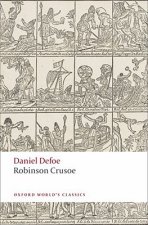
Robinson Crusoe
7.77 € -23 % -
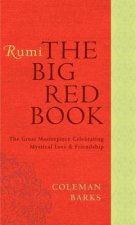
Rumi: The Big Red Book
13.94 € -18 % -
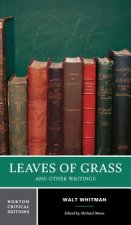
Leaves of Grass
18.49 € -
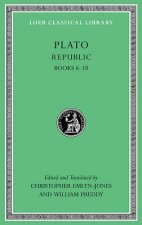
Republic
36.59 € -
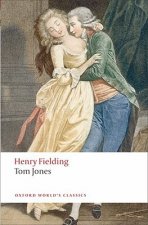
Tom Jones
9.80 € -4 % -

Simple Passion
8.58 € -24 % -
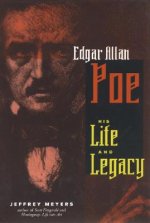
Edgar Allan Poe
20.82 € -13 % -
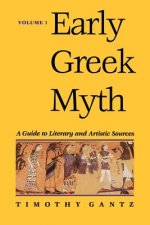
Early Greek Myth
42.25 € -
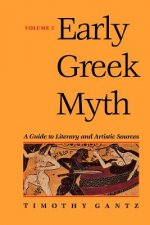
Early Greek Myth
42.25 € -

I Saw Ramallah
13.13 € -28 % -
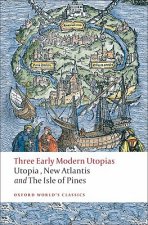
Three Early Modern Utopias
8.18 € -29 % -

Why Orwell Matters
14.24 € -21 % -
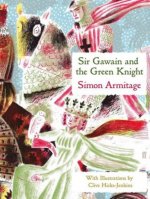
Sir Gawain and the Green Knight
19.30 € -28 % -
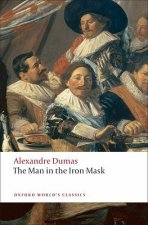
Man in the Iron Mask
11.21 € -20 % -
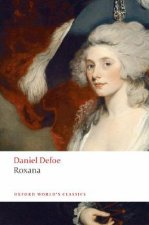
Roxana
10.10 € -29 % -

Cambridge Old English Reader
41.44 € -4 % -

Ethan Frome
7.37 € -27 % -
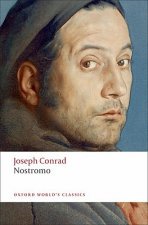
Nostromo
10.30 € -28 % -
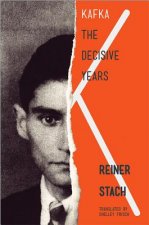
Kafka
25.87 € -10 % -
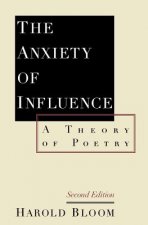
Anxiety of Influence
23.04 € -

Princeton Encyclopedia of Poetry and Poetics
60.85 € -3 % -
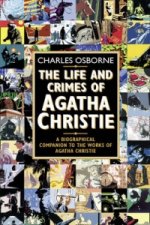
Life and Crimes of Agatha Christie
13.33 € -28 % -
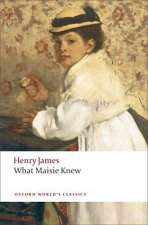
What Maisie Knew
7.27 € -28 % -
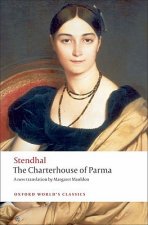
Charterhouse of Parma
13.64 €
Collection points Bratislava a 2642 dalších
Copyright ©2008-24 najlacnejsie-knihy.sk All rights reservedPrivacyCookies


 15549 collection points
15549 collection points Delivery 2.99 €
Delivery 2.99 € 02/210 210 99 (8-15.30h)
02/210 210 99 (8-15.30h)